You have probably noticed small drones flying over you when you are driving through the midwestern corn belt. Drones are everywhere, from the military to racing to movies, they are helping humans to get tasks done perfectly without wasting much energy and money. In Agriculture, drones are used by farmers to get maximum benefits from them. Drones have revolutionized farming practices by providing farmers with valuable data and improved efficiency.
Do Farmers use Drones?

Farmers use drones in modern agriculture for multiple purposes. Drones have become valuable tools for farmers due to their versatility and efficiency. Drones are used by farmers for many tasks in agriculture, including crop monitoring, precision spraying, and mapping.
Drones have cameras and sensors to capture high-resolution aerial images of fields that help farmers assess crop health, identify areas of stress or disease, and make the right decisions regarding irrigation and fertilization.
Agriculture Drones have spraying systems to precisely apply pesticides or fertilizers that help reduce waste and increase efficiency.
Also, drones can create detailed maps of fields, assisting in yield estimation, soil analysis, and crop planning.
Are drones good for irrigation?

Drones are beneficial for irrigation in agriculture. Farmers use drones for various tasks related to irrigation management. Drones with thermal cameras can detect variations in crop temperature and enable farmers to identify areas of over or under-irrigation.
Drones provide real-time data on soil moisture levels that allow farmers to optimize irrigation scheduling.
By monitoring and analyzing irrigation needs, drones help farmers conserve water, improve crop health, and enhance overall irrigation efficiency.
How many acres can a drone spray per hour?
A drone can spray around 5 to 30 acres per hour. Remember, the capacity varies significantly based on factors such as flight speed, the type of crop being sprayed, the desired application density, and the terrain of the field.
Farmers assess these variables to determine the best drone and spraying strategy for their specific irrigation needs.
How much area can a drone spray in a single day?
With an average spraying rate of 1 liter per minute, the drone can cover 5 acres within an hour. Given its operational span of 8 hours per day, the drone can spray up to 40 acres in a single day.
Is drone spraying profitable?
Drone spraying is profitable for farmers in many ways. Drones provide precise and targeted applications that reduce the wastage of pesticides or fertilizers. It helps in cost savings and reduces environmental impact.
Drones can cover large areas efficiently to increase productivity. Also, drones reduce labor and equipment costs associated with traditional spraying methods.
How much does aerial spraying cost per acre?
Aerial spraying costs can range from $20 to $150 per acre. The cost includes expenses such as pilot fees, fuel, maintenance, and the cost of the chemicals being sprayed.
What are the disadvantages of drones in agriculture?
While drones offer numerous benefits to agriculture, there are also some disadvantages to consider.
Buying drones and the necessary equipment can be expensive, particularly for small-scale farmers. The initial investment cost is one serious barrier for farmers looking to adopt drone technology.
Drones have payload limitations, which can restrict the amount of material they can carry for tasks like spraying. It means that larger-scale operations need multiple drones or frequent refills, which increase operational complexity and time.
Drones have flight regulations, including altitude restrictions and no-fly zones. These limitations can impact their ability to cover large areas or access certain locations, particularly in urban or restricted airspace.
Drones have limited battery life and flight time. They should be recharged or have their batteries replaced regularly, which can interrupt operations and reduce overall efficiency.
Adverse weather conditions such as strong winds, rain, or fog can impact the ability of drones to operate safely and effectively. Unfavorable weather conditions limit the usability of drones for certain tasks and need rescheduling or alternative methods.
Operating drones for agricultural applications need specific skills and training. Farmers need to invest time and resources to learn how to operate drones safely, interpret data collected, and integrate it into their farming practices effectively.
Jose E. Johnson is a true tech prodigy whose lifelong passion for technology and gadgets has blossomed into remarkable drone expertise. From the moment he laid eyes on his first electronic toy as a child, Jose was captivated by the limitless possibilities of innovation. As he grew, so did his fascination with cutting-edge tech, leading him to become a bona fide drone expert. With an insatiable thirst for knowledge, Jose delved deep into the intricacies of drone technology, amassing a wealth of technical knowledge and hands-on experience. Now, he shares his wisdom through insightful drone reviews and invaluable tips for fellow enthusiasts, making him a trusted source in the drone community.


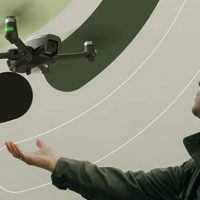
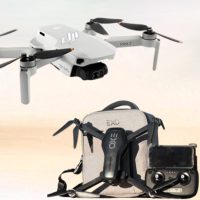
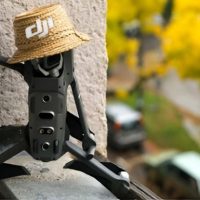
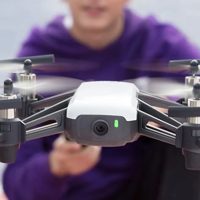
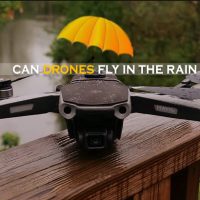
Leave a Reply